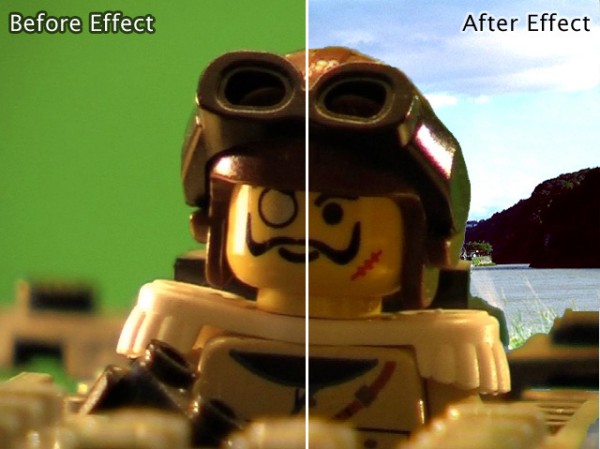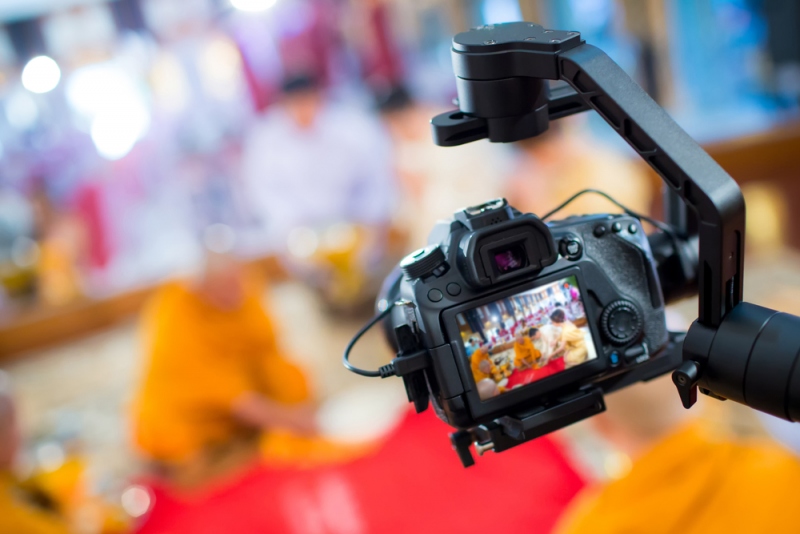
Technology often has a way of passing us by, leaving people in an absolute fog. If you feel that way about the concept of photo chroma key, keep reading to find out what it all means. In simple terms it is referred to as blue screen or green screen and has to do with photography. Barring computers, nothing has probably evolved as much as photography has over the years. Manipulating an image with a plain background using blue and green can be done either by a chemical procedure or by using editing software. It is this manipulation that is called photo chroma key.
Chroma key is basically used in several ways to enhance video productions. One way of understanding the photo chroma key technique is to imagine the weatherman you see on television who stands in front of the picture of the weather. This is a simple example and it should be understood that photo chroma key has a much broader application base.
The technique of photo chroma keying refers to a subject being photographed or videotaped in front of the blue screen or green screen. After the shoot, the colored background gets replaced with a different image. In this way computer animation can be fused with live video. Backdrops of specific blue and green shades will be used depending on the software in use. When finished, computer technology is used to apply a scene or animation to something on the video with blue or green screens.
The history of photo chroma key technology is interesting as we come to grips with how filmmakers can combine shots, fix errors, change locations and create the impossible in terms of special effects to bring to the audience the results of photo chroma keying.
In the 1930s Linwood Dunn began one of the earliest known photo chroma key experiments. Dunn worked for RKO pictures and created many special effects with the use of an optical printer that was homemade. What he did was to invent a new process of shooting a subject on camera and then doing the impossible, namely replacing the subject in a totally new background without any visible evidence of the changes made.
Then along came Larry Butler who actually invented blue screen technology. One of his landmark successes is the massive genie he created in the movie, “The Thief of Baghdad”. This involved a tedious process to align several layers of film to create a master negative. Arthur Widmer is credited with developing the technique through the use of the ultraviolet traveling matte process.
Around the 1970s video was introduced to the world and photo chroma key color changed from blue to green. Finally we got computer generated images or CGI that creates backgrounds in the computer.
Photo chroma key technology gained popularity when budget cuts threatened the film making industry. Actors could be filmed in a wide variety of locations without actually being physically present at any of them. It would have too expensive and budget cuts did not make any allowances for such expenditure. Today the use of photo chroma key, blue and green screens are absolutely vital to Hollywood mega productions.










Comments